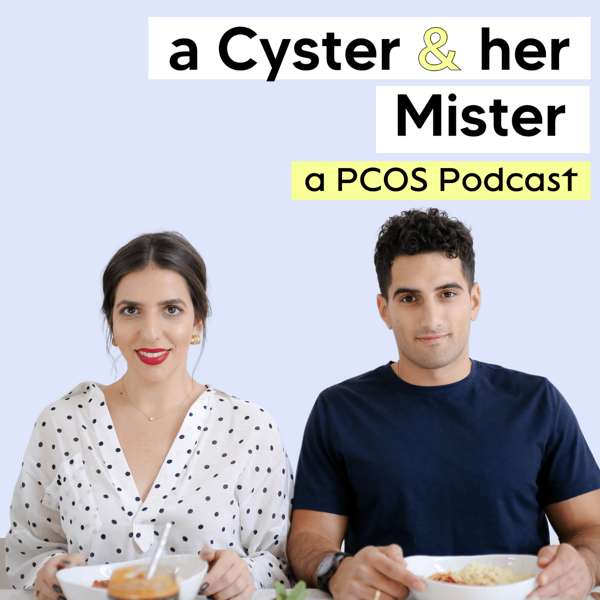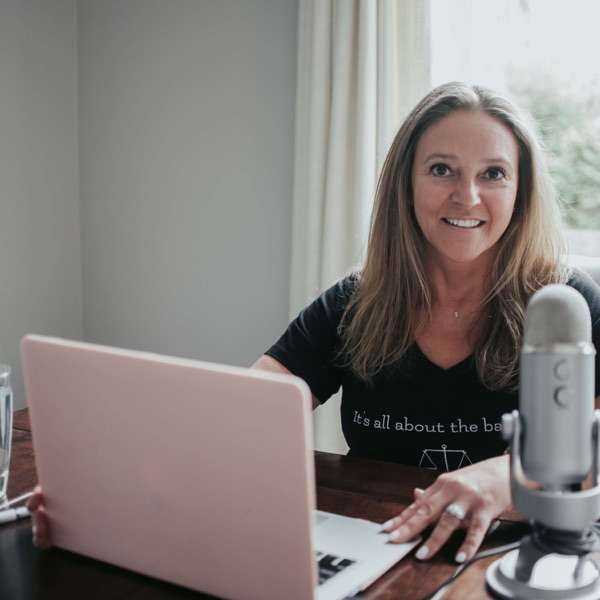Home birthing has its admirers and its detractors. We all know this. There is all too often a lack of respect by overzealous advocates of either side towards the other. My unique experience living in both worlds has shown me that for several reasons, most of them emotional but some of them understandable, those that oppose home birthing want to bully the other side into submission. Through oppression of supportive physicians and self-serving, ethically questionable policies they make it very difficult for the home birth practitioner and client. And once again they are taking their “safety” argument to the legislature to try to mandate physician supervision of licensed midwives even when we all know that most obstetricians are not interested in supervising or are restricted by their malpractice insurance policies from doing so. Thus, many midwives will become illegal in California if this is allowed to become law. Too often there is a blurring of the lines between elective transport and emergency transport. To the on-call obstetrician the knee jerk idea of a homebirth transport is the train wreck. But to most of us in the homebirth world we understand the elective transport is nearly always for the same reasons that patients who plan a hospital birth come in for, only just a bit later in labor. Pain relief, exhaustion and inadequate progress are by far the most common reasons. What makes these women wanting rest, hydration and an epidural more “toxic” and any different from the 90% of women who get these things in the day to day practice of the average obstetrician anyway is simply their preference of home and midwife. Some will say that these patients are unknown to them and therefore high risk. But that argument is specious for most obstetricians practice in large groups these days or they become laborists and so often have no acquaintance or historical relationship to the laboring woman. They will then argue that they can’t be sure these transports had adequate, if any, prenatal care despite records in hand. In reality, most of these women have had better prenatal care from their midwife than any obstetrician can possibly give and my experience tells me they are almost always better educated. But old habits, even misguided ones, are hard to break by those who find no reason to break them. Enter a truly uplifting story of two very different obstetricians and their wonderful deeds of this past week. A testimony to the old adage that truly great men who do extraordinary things will often be despised. Courage is doing the right thing in the face of strong opposition. These two wonderful souls stand out in their compassion, humbleness and willingness to individualize care to patient desires using reasonable choices, true informed consent and sound medical practice. R is a 24 year old, 5’ 9” primipara at 39 weeks who was in active labor for 16 hours. Despite many alternative attempts to rotate her baby he remained occiput posterior. She eventually reached her limit of exhaustion and pain tolerance at 7 cms. My usual back up physician at Cedars-Sinai was away so I put out a few calls to colleagues and was rewarded by two offering to accept her in transport. This may seem a simple thing but I am lucky in that I have choices for back-up when so many of my midwife colleagues are struggling in that arena as discussed above. They drove the 5 minutes over to Cedars while I drove separately. It had been awhile since I have had to transport so I was not quite prepared for the administrative and regulatory onslaught that followed. When I arrived, security would not let me in because R had not yet been admitted. It took a call to the charge nurse to bypass the woman guard with no eye contact to let me in. Upon arriving upstairs R was moaning loudly with every contraction while the nurse was attending to a laundry list of computer data entries, most of which were irrelevant to the medical necessity of an epidural. Admitting wanted the husband to sign all kinds of forms without reading them while R signed a consent form to be treated document between contractions that legally can’t mean anything when a person signs under such duress and pain. Dad refused to sign anything until his wife got her pain relief. A lesser man would have just signed but he knew his rights and pointed out a poster that clearly complied with the EMTALA statues that said “We cannot refuse treatment to anyone!” His point being, treat her first and then we can review documents. And despite much behind the back eye rolling and sighing they actually did. She got her IV and epidural, which still took over an hour, before she had her name band or lab results. Once comfortable, the cascade of interventions began and baby gave all of us a few gray hairs but Dr. C was amazingly patient and trusting of his knowledge of labor and fetal heart patterns. R rested for about 90 minutes and then was feeling a lot of pressure. Dr. C checked her and found the head at plus 2 station but still OP and almost completely dilated. He then used his obstetric skills learned long ago. Putting his hand inside he reduced station, manually rotated the head to transverse and had her start to push. The cervix was reduced and she delivered over an intact perineum after 4 contractions! Baby M weighed in at 6 pounds 15 ounces. That cute little pipsqueak would have easily delivered if not for the persistence of his occiput posterior positioning. Sadly, in most other modern day obstetrician’s hands they may not have been greeted by a wonderfully accepting man and that little pipsqueak would most likely been born by cesarean section. We were all so grateful that there was an experience obstetrician who was trained in a different era in the skills that separate them from today’s obstetric surgeons. J is a 34 year old, 5’ 6” Ventura County primipara at 41 weeks who went into labor the very next day. Her labor was strong and with the support of 2 marvelous doulas, Tracy & Tasha, she was doing great. After about 10 hours of 4 minute strong contractions J asked to be examined. Her sounds were consistent with early transition however her exam was only 2 cm./-1 and 40% effaced and, again, occiput posterior. Over the next 8-10 hours she remained at 4 cm with her cervix getting much more swollen. Despite her heroic effort to this point it was clear to all it was time to transport for an epidural and what follows. Our original backup plan was to go to a LA hospital with supportive backup but they did not want to drive that far and because she worked at the local hospital she knew her previous OB. Dad called and he told them to go to the ER and just tell them to use his name. He said there was no reason to call ahead. So we packed up and all met at the ER. While sitting in the waiting area in a wheelchair the litany of questions began. Now, 2 days in a row for me makes a pattern. It is clear that administration rules the roost as paperwork comes before humanity. One particular question and response from the worker behind the bullet proof glass really stuck with me. It was 5:30 in the morning and J answered that she had ruptured her membranes 6 hours earlier. The woman’s response was so typical of the indoctrination to the one size fits all medical model, “Why did you wait so long to come in?” To those who only see medical birth this is their norm. The question, the timing of it and the tone from the person asking it were so inappropriate and lacking in social skills but we said nothing. In about ten minutes we were on our way up to labor and delivery. Exhausted and in pain with contractions every 3-5 minutes J was, once again, subjected to consent forms and to an even longer laundry list of electronically generated, mostly irrelevant questions unrelated to her immediate need. (Tattoos? LMP? Family History?) And a plethora of questions that were all answered on her prenatal records which I brought with us but which were out at the desk being copied and stamped and posted in the chart but not in the room available to the nurse. I also learned that since I did not ha
ve the actual lab report on her negative Group B Strep that hospital protocol states she has “unknown” Group B strep status and therefore antibiotics were ordered (but could be refused). The hand written results and my presence were obviously not good enough for their risk managers but unnecessary antibiotics were fine. Ouch! Next, the charge nurse came in to tell us that her admitting doctor did not want to take her and was passing her off to the on-call doctor. This was odd to me since they had a relationship and it was 6 AM already but it turned out to be the most fortuitous event of the day. For the doctor that was on call was likely the only one within 30 miles that would have allowed J the wonderful outcome that ensued. But I must digress for one last moment. We arrived at the ER at 5:30AM. She came for exhaustion and pain relief. She got her epidural about 7:20AM. That’s an hour and 50 minutes of pretty obvious suffering due solely to the administrative bureaucracy. She was begging for her epidural and all the wonderful nurses could say was that things were moving as fast as they can. It must be so hard for a caring nurse to watch that day in and day out. Tracy says she sees it 5 times a month. No one raises a stink for fear of retribution. There us little humanity in big institutions and it can only get worse. J got comfortable and moved slowly going from 4 to 5 to 6 cm over the next 10 hours. Baby A was doing great, however, but even so it would be the rarest of obstetricians at a hospital with a nearly 40% c/section rate to allow her to crawl along like this in violation of Friedman’s Curve. Coming on 36 hours of labor and 24 hours of ruptured membranes modern obstetricians would become impatient, label this “dystocia or FTP” and proceed to a surgical birth. But Dr. W so honored this families wishes and followed evidence based medicine combined with knowledge of fetal heart patterns to allow her to labor. Sometime after 1AM the next day she was complete and although almost numb was able to push her baby out in 5 contractions at 8 pounds 7 ounces. Her 40 hour labor ended as it should with good collaboration and obstetric practice and joy all around. Will Dr. W get peer reviewed for going off the reservation? Possibly, but he did the right thing. When I think of where my profession was and now is I get very sad. When I see attempts at bullying women and physicians by special interest groups like ACOG and the CMA I get angry. When my experience and wisdom have taught me that informed choice of options and not restriction of options under the façade of safety or the bias of economics are our right I get motivated. These stories of strong women, educated choice and wonderful support and collaboration deserve our attention. Californians need well trained midwives and these midwives and the women they serve deserve the support of our doctors and lawmakers and not their derision. My greatest admiration, almost to tears, goes out for these two women, their families and to the 2 very special doctors who still remember the humanity of our calling. Dr. F

 Our TOPPODCAST Picks
Our TOPPODCAST Picks  Stay Connected
Stay Connected










































































